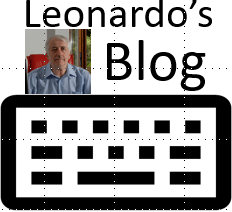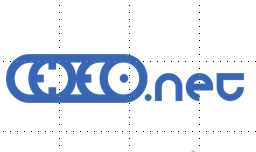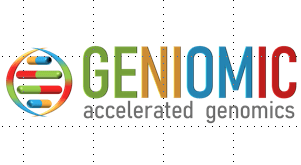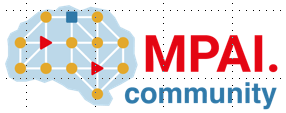More members in the MPAI Standards Family
The latest – 15 June 2024 – MPAI General Assembly (MPAI-44) proved, if ever there was a need, that MPAI produces non only standards, but also promising new projects. MPAI-44 launched three new projects on 6 degrees of freedom audio (CSAE-6DF), technologies for connected autonomous vehicle components, and technologies for the MPAI Metaverse Model. The CAE-6DF Call is seeking innovative technologies that enable users to walk in a virtual space representing a remote real space and enjoy the same experience as if…






















